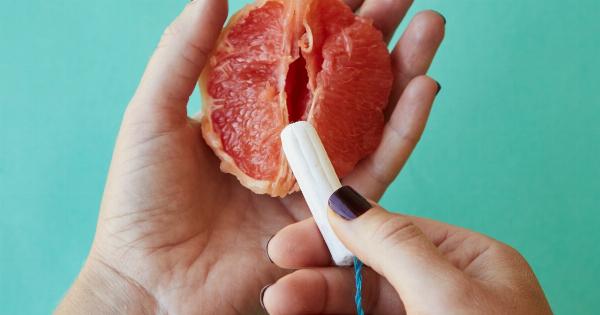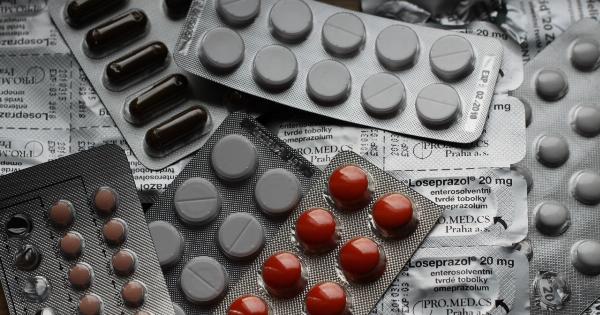Sexual intercourse is a complex physiological and emotional experience that elicits a range of changes in a woman’s body. From increased blood flow to hormonal fluctuations, a woman’s body responds in numerous ways to the act of sex.
In this article, we will explore the various physical and biological changes that occur during sexual intercourse.
1. Increased blood flow
When a woman becomes sexually aroused, her body initiates a process that brings more blood flow to the genital region. This increased blood flow causes engorgement of the clitoris, labia, and vaginal walls.
The enhanced blood circulation leads to heightened sensitivity and lubrication, making sexual stimulation more pleasurable.
2. Lubrication
Women’s bodies produce natural lubrication as they become sexually aroused. The vaginal walls secrete fluid, which helps reduce friction during intercourse. This lubrication is essential for comfortable and pleasurable penetration.
3. Breast changes
During sexual arousal, a woman’s breasts undergo changes as well. The blood vessels in the breasts dilate, causing them to swell and become more sensitive. The nipples may also become erect due to increased blood flow and stimulation.
These changes add to the overall pleasure and sensuality of sexual activity.
4. Increased heart rate and respiration
Engaging in sexual intercourse elevates a woman’s heart rate and breathing rate. As the body becomes aroused, the cardiovascular system responds by pumping more blood and oxygen to various organs, including the pelvic area.
This increased circulation and oxygenation contribute to heightened sexual pleasure and overall well-being.
5. Clitoral and vaginal erection
Similar to the male penis, the clitoris and the walls of the vagina can experience an erection during sexual arousal. This phenomenon is often referred to as clitoral and vaginal engorgement.
The increased blood flow causes the clitoris to become more prominent and erect, while the walls of the vagina swell, creating a tighter and more sensitive space during penetration.
6. Changes in the uterus
The uterus also experiences changes during sexual activity. As a woman becomes sexually aroused, the uterus rises slightly within the pelvis.
This movement allows for better alignment with the penis during intercourse and enhances the overall pleasure and sensation for both partners.
7. Muscle contractions
During orgasm, a woman’s body experiences rhythmic contractions in the pelvic floor muscles. These contractions release intense pleasure and contribute to the climax.
Additionally, the contractions help propel sperm towards the cervix, increasing the chances of fertilization, in case of intercourse for procreation.
8. Release of hormones
Sexual activity triggers the release of various hormones in a woman’s body.
One of the primary hormones released during sex is oxytocin, often called the “love hormone.” Oxytocin promotes feelings of bonding, intimacy, and relaxation, enhancing the emotional connection between partners.
In addition to oxytocin, sexual activity also prompts the release of endorphins, which are natural painkillers and mood boosters. Endorphins induce feelings of pleasure, happiness, and overall well-being.
9. Post-sexual changes
After sexual intercourse, a woman’s body goes through a period of resolution. The blood flow and heart rate return to baseline, and the body gradually relaxes.
Some women may experience a slight refractory period, where they may need time before they can become sexually aroused again.
10. Psychological and emotional effects
Sexual intercourse has significant psychological and emotional effects on a woman’s body. It promotes feelings of intimacy, connection, and overall satisfaction. It can reduce stress, alleviate pain, and boost self-esteem and body confidence.
Healthy sexual activity is an essential component of overall well-being and can contribute to a happier, more fulfilling life.


























